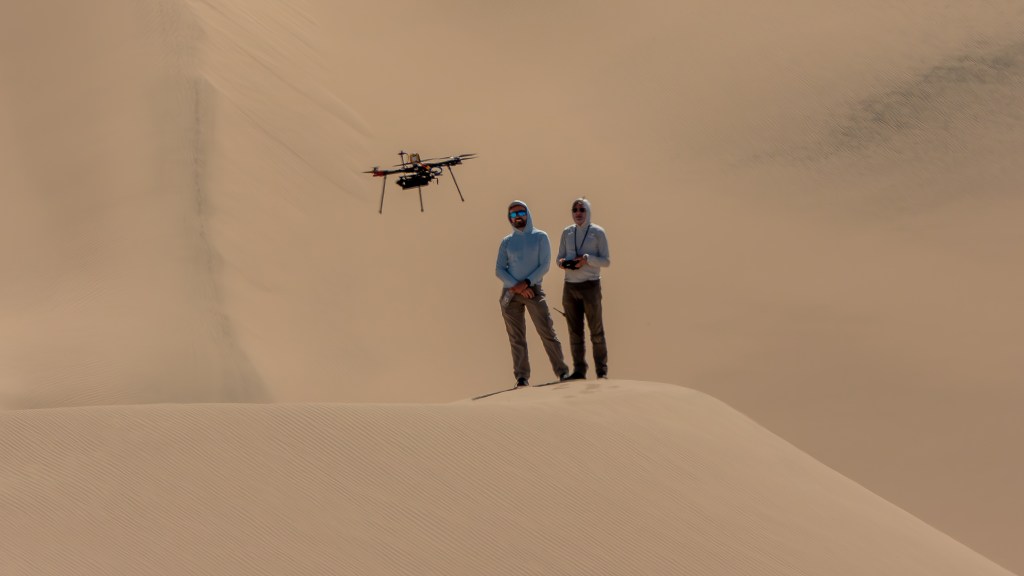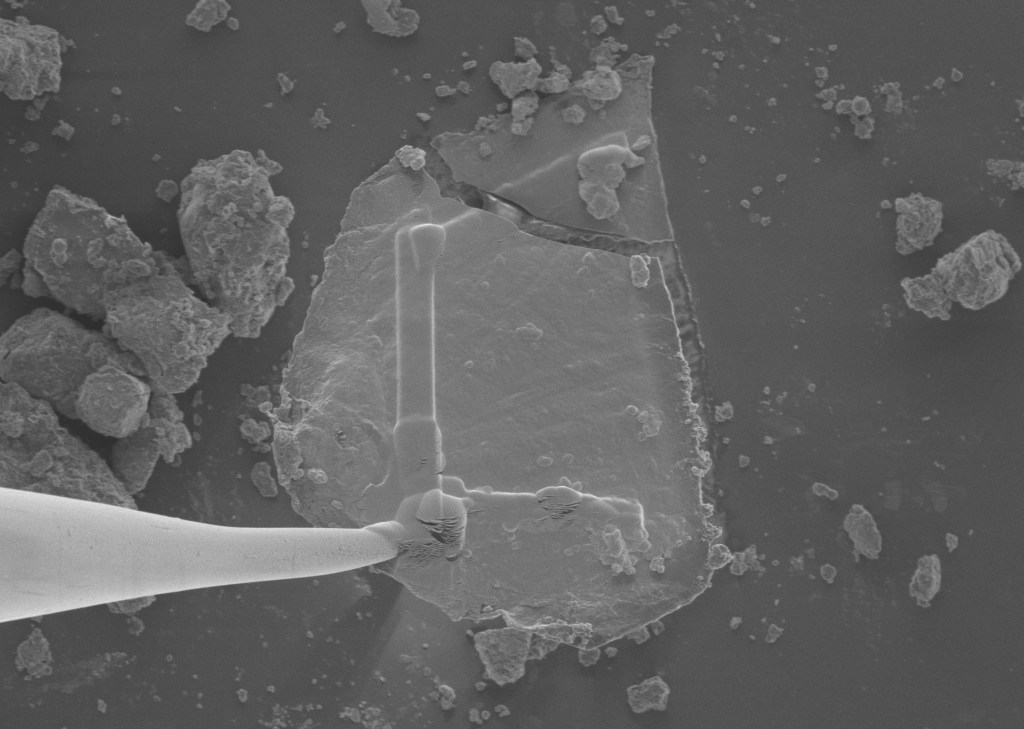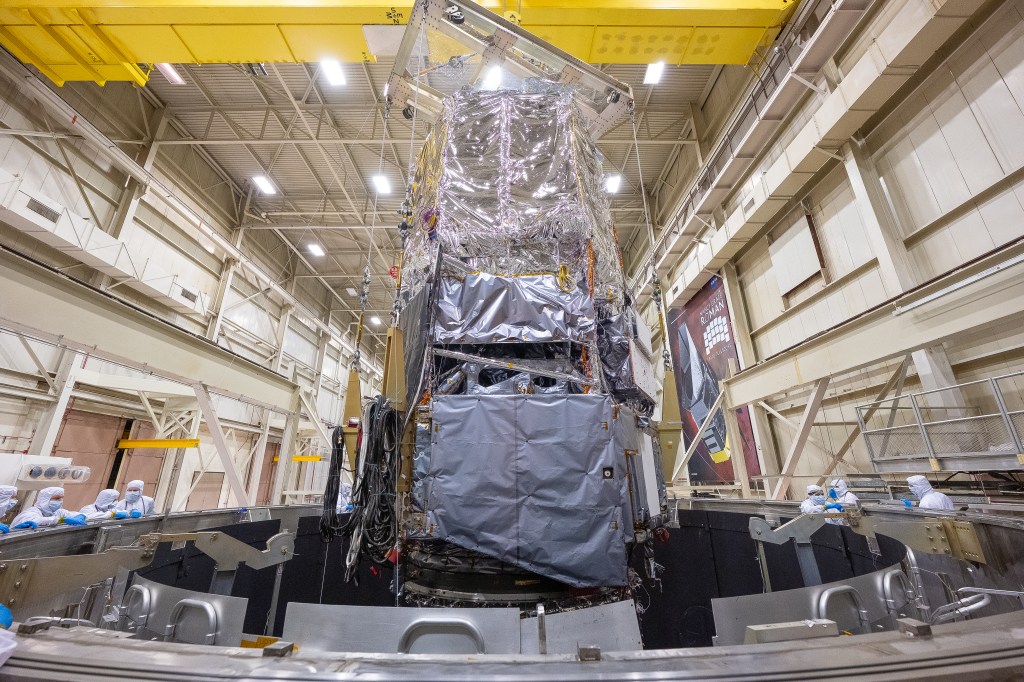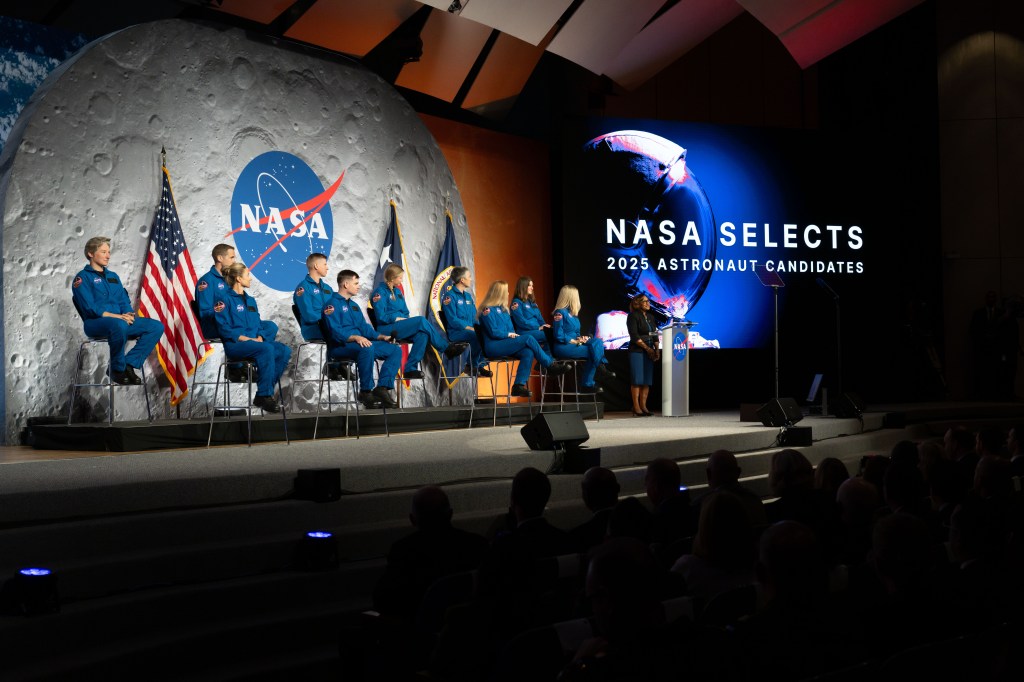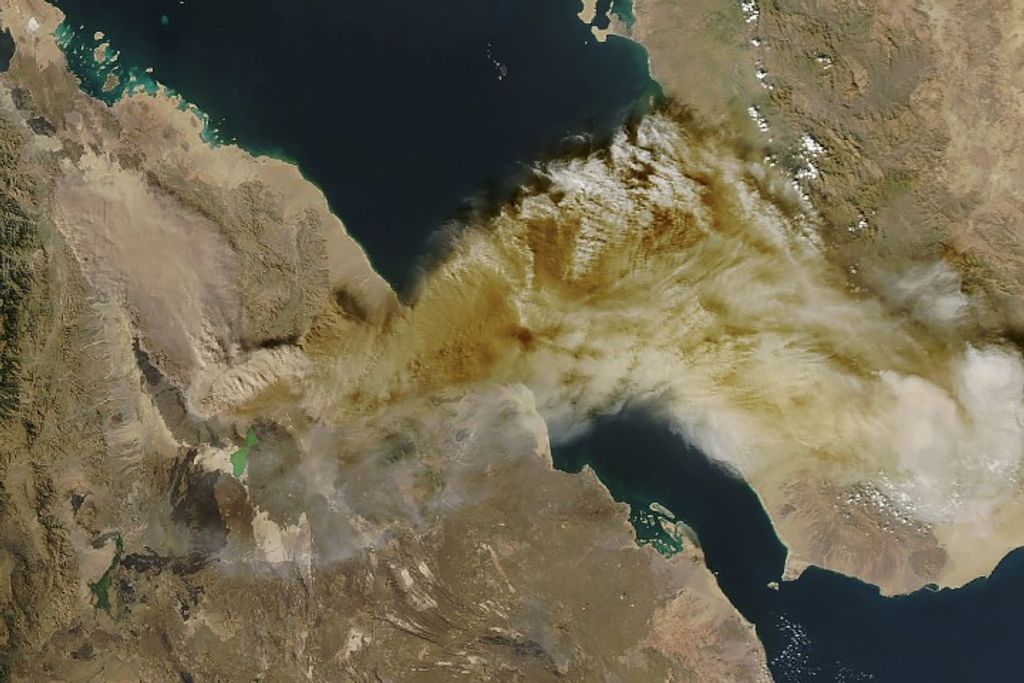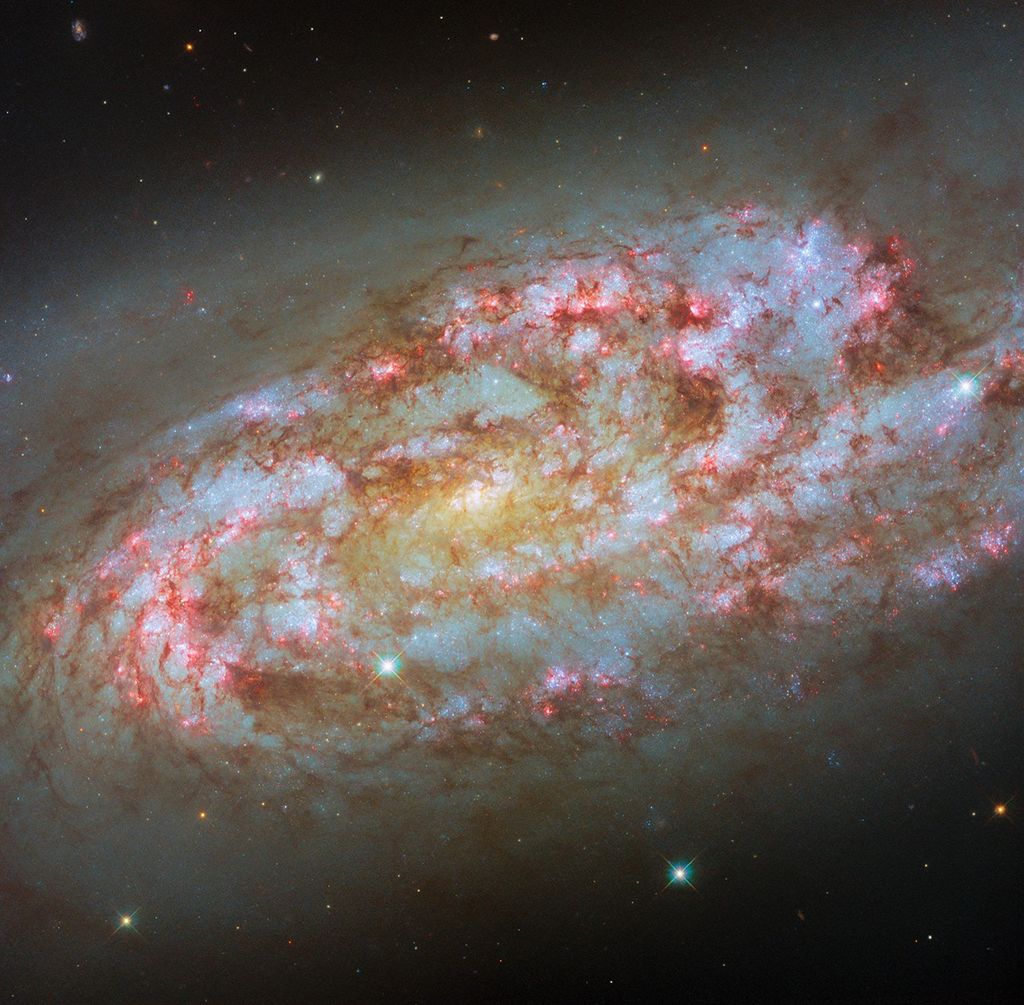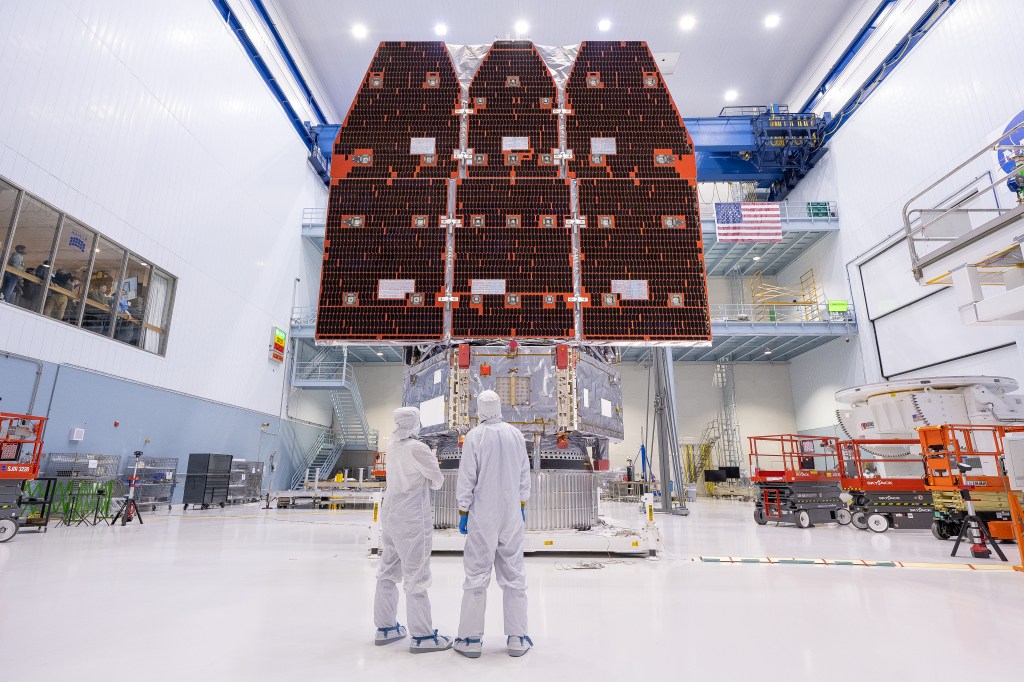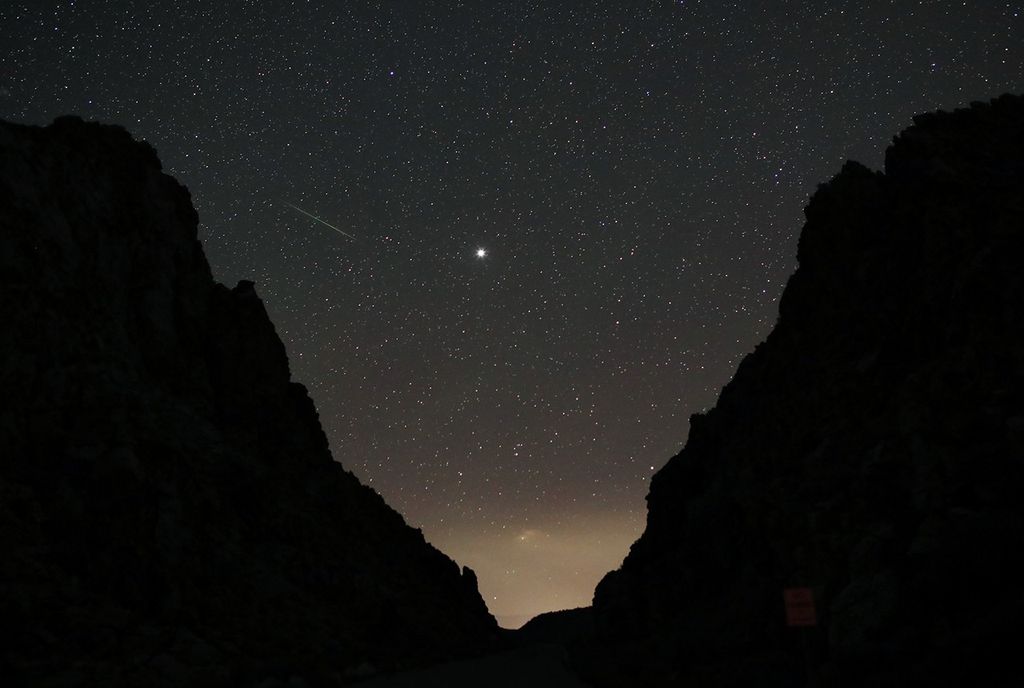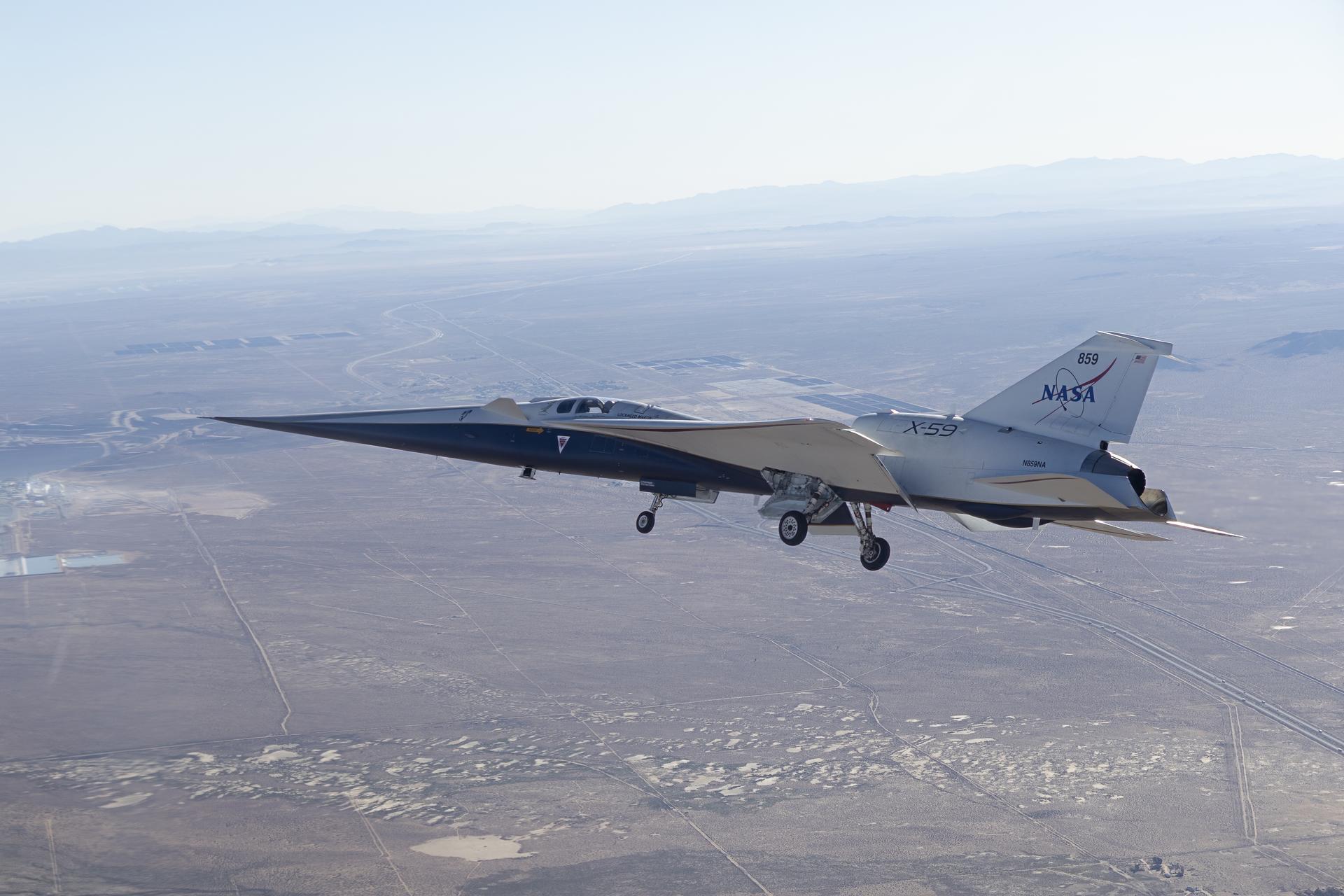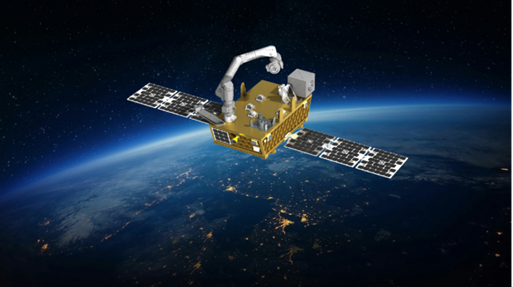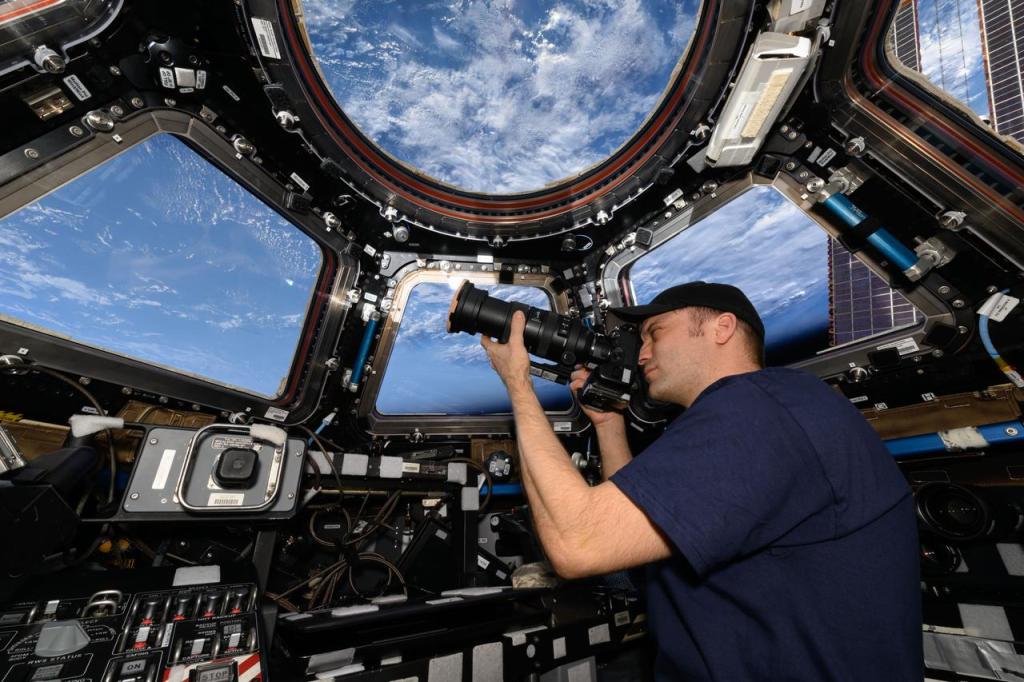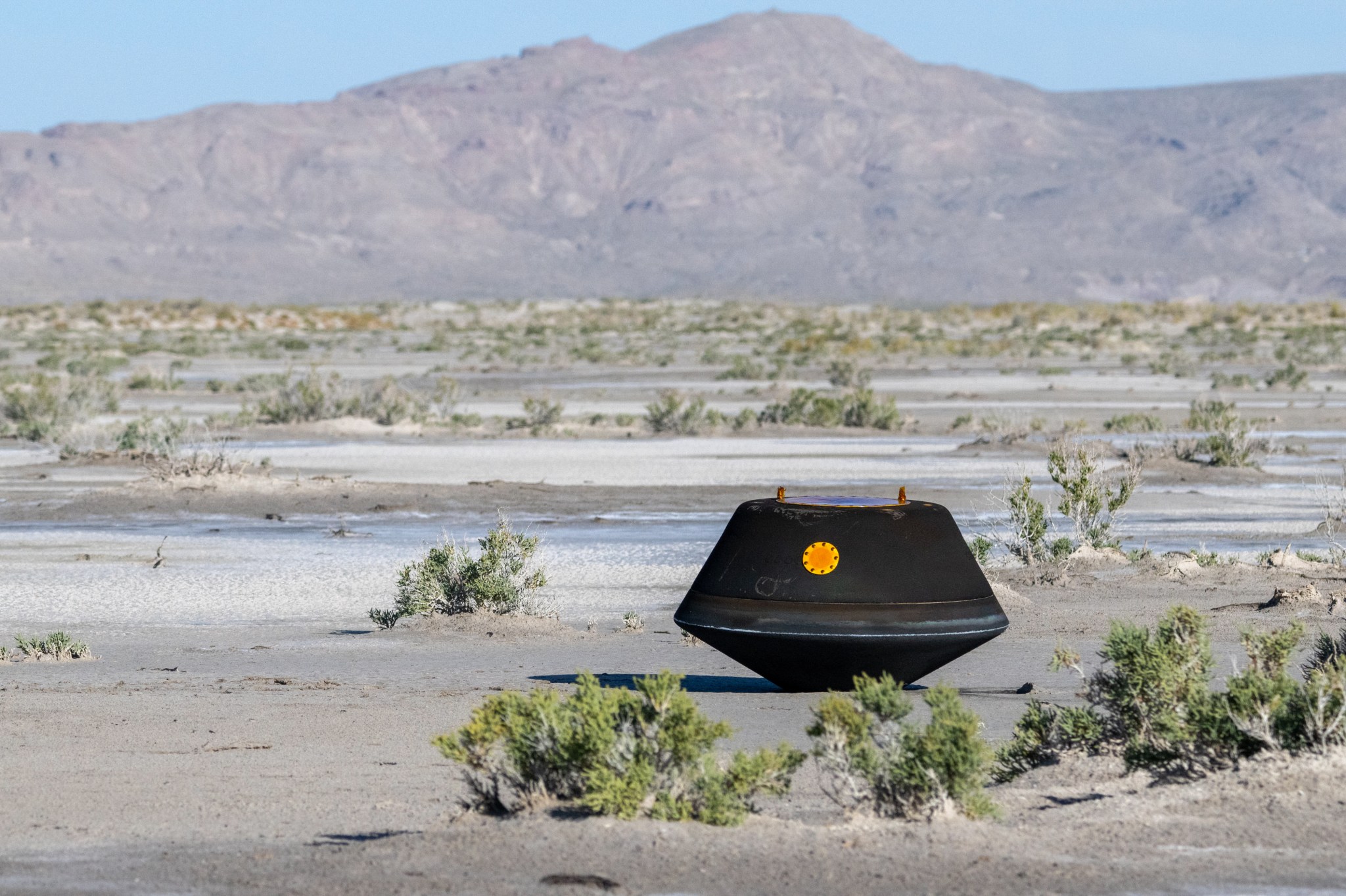What is OSIRIS-REx?
NASA's OSIRIS-REx is the first U.S. mission to deliver a sample of an asteroid to Earth. The spacecraft launched on Sept. 8, 2016, arriving at Bennu on Dec. 3, 2018. On Oct. 20, 2020, OSIRIS-REx collected 4.29 ounces (121.6 grams) of rocks and dust from the surface of Bennu. The spacecraft began its cruise back to Earth with the sample on May 10, 2021, and delivered it to Earth on Sep. 24, 2023. Its round trip journey was 2.2 billion miles.
The material OSIRIS-REx gathered from Bennu is a time capsule from the earliest days of our solar system and will help us answer big questions about the origins of life and the nature of asteroids.
Learn more about missions to collect samples in space.
When – and where on Earth – did the sample capsule land?
OSIRIS-REx released its sample capsule toward Earth’s atmosphere at 6:42 a.m. EDT (4:42 a.m. MDT) on Sept. 24, 2023. The spacecraft was 63,000 miles (102,000 kilometers) from Earth’s surface at the time – about one-third the distance from Earth to the Moon.
Traveling at 27,650 mph (44,500 kph), the capsule pierced the atmosphere at 10:42 a.m. EDT (8:42 a.m. MDT), off the coast of California at an altitude of about 83 miles (133 kilometers). It landed at the Department of Defense’s Utah Test and Training Range near Salt Lake City at 10:52 a.m. EDT (8:52 a.m. MT). Along the way, two parachutes stabilize the capsule and slowed it down to a gentle 11 mph (18 kph) at touchdown.
Radar, infrared, and optical instruments in the air and on the ground tracked the capsule to its landing coordinates inside a 36-mile by 8.5-mile (58-kilometer by 14-kilometer) area on the range. Within several minutes, the recovery team was dispatched to the capsule’s location to inspect and retrieve it. The team found the capsule in good shape, and then determined it was safe to approach. Within 70 minutes, they had wrapped it up for safe transport to a temporary clean room on the range.
Learn more about NASA’s preparations for the delivery of a Bennu sample.
Check out photos from landing day.
What’s Bennu made of?
Bennu is an amalgamation of rocks that are loosely packed and barely held together by gravity or other forces. Bennu likely formed from pieces of a larger object that coalesced after a catastrophic collision less than 2 billion years ago. By studying samples of Bennu, which has been preserved in the vacuum of space, scientists can glean information about the ancestor object it came from, which formed with our solar system nearly 4.6 billion years ago. Lab analyses show that Bennu samples are rich in organic molecules critical to life, and also sodium-rich minerals associated with the evaporation of water, implying that Bennu's ancestor had both the ingredients and physical conditions to catalyze the chemistry of life.
Learn more about the latest findings from lab analyses of Bennu samples.
Why did NASA decide to study Bennu?
Here are three of the many reasons NASA chose to study Bennu.
- The asteroid is a remnant from the tumultuous formation of the solar system, unlike any rocks we can find on Earth. Weather, erosion, and plate tectonics on our planet have wiped away evidence of Earth’s formation. Thus, Bennu’s rocks offer us insight into our own history – a time about 4.5 billion years ago when Earth was first forming.
- Bennu is rich in organic compounds that make up all known life. There is evidence that asteroids like Bennu delivered these compounds to Earth when they smashed into our planet billions of years ago when the conditions for life were starting to emerge. Scientists wanted to learn more about this early period, and samples of a well-preserved asteroid are helping them do that.
- Most asteroids can be found in the asteroid belt, a ring of asteroids that circles the Sun between the orbits of Mars and Jupiter. The asteroid belt is very far away, so a round trip would take a long time and be much harder to do. Bennu, in contrast, crosses Earth’s orbit, so it was easier and quicker to send a spacecraft to Bennu and back.
Learn more about why NASA chose to study Bennu.
Will Bennu ever impact Earth?
Bennu has no chance of hitting Earth through the mid 2100s. After that, the chance is very slight, 1 in 1,750, or less than one-tenth of a percent, through at least the year 2300. In the distant future, Bennu could potentially hit Earth or even Venus, but that cannot be predicted with any accuracy. Indeed, being able to accurately predict the future motions of asteroids like Bennu is one of the science goals of the mission.
Learn more about Bennu’s future orbit.
How did NASA protect the Bennu sample from Earthly contamination through its entry, descent and landing in Utah?
Because scientists will look for organic molecules related to life in grains of Bennu, it is critical that the sample doesn’t get exposed to Earth’s environment, including life. Such contamination would make it hard for scientists to distinguish which molecules came from space and which came from Earth.
As the sample capsule descended through Earth’s atmosphere, air entering through its vents was filtered to remove contaminants including water vapor, organic compounds, and dust.
Once the capsule landed, it was retrieved, and delivered to a temporary clean room at the Utah Test and Training Range. The OSIRIS-REx team hooked it up to a tank that released nitrogen, a gas that doesn’t interact with most other chemicals. A continuous nitrogen flow into the capsule pushed out any invading air.
What happened to the Bennu sample after it landed on Earth?
Within minutes after the sample capsule landed, a mission team was dispatched to the capsule’s location to inspect and retrieve it. The team found the capsule in good shape, and then determined it was safe to approach. Within 70 minutes, they had it wrapped up for safe transport to a temporary clean room on the range.
The Bennu sample was transported in its unopened canister by aircraft to NASA’s Johnson Space Center in Houston on Sept. 25, 2023. Curation scientists there extracted the sample, created an inventory of Bennu's rocks and dust, and, now distribute pieces of Bennu to scientists worldwide.
What happened to the OSIRIS-REx spacecraft after it delivered the sample to Earth?
About 20 minutes after the spacecraft released its sample capsule above Earth’s atmosphere, it fired its engines to divert its trajectory away from Earth. The spacecraft then set out on a new mission called OSIRIS-APEX (OSIRIS–Apophis Explorer) to explore asteroid Apophis, which it will reach in 2029.
Learn more about OSIRIS-APEX.
Learn more about Apophis.
Who will study the sample?
Up to a quarter of the sample was distributed to 233 scientists on the OSIRIS-REx team, which represents 38 institutions globally. 4% will be given to the CSA (Canadian Space Agency), and 0.5% was delivered to JAXA (Japan Aerospace Exploration Agency). The rest, about 70%, will be preserved at NASA’s Johnson Space Center (and White Sands) for scientists outside the mission team and for future generations of scientists.

